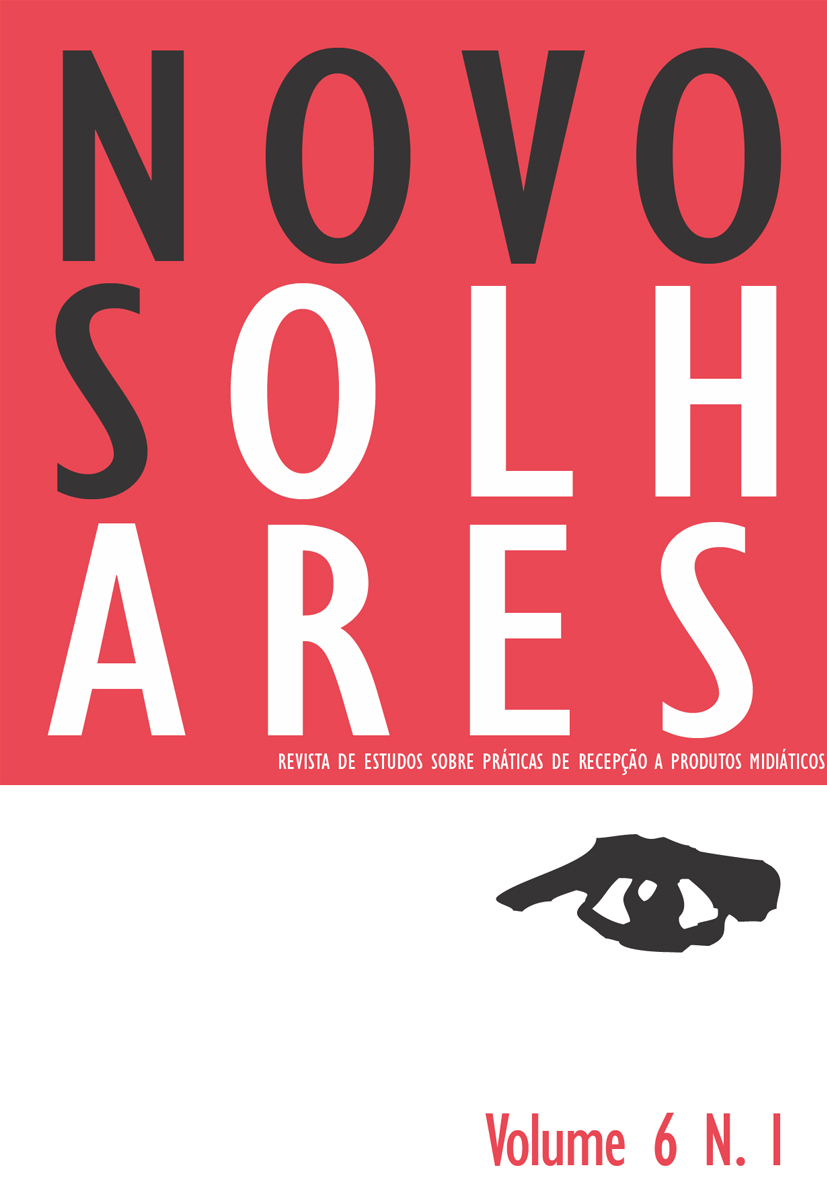Smartphones and gender uses: an ethnography on connected women
DOI:
https://doi.org/10.11606/issn.2238-7714.no.2017.124434Keywords:
Women, Gender, Low-income groups, Ethnography, Smartphones.Abstract
This article discusses the relationship between women from low-income groups and the consumption through smartphones based on an ethnographic study carried out in the city of Santa Maria, Rio Grande do Sul, Brazil. The main goal of the research is to understand what economically disadvantaged women of different generations intend to express through their mobile phones and social media. Four female ethnographic cases, aged between 18 and 44 years, constitute the analysis of this article. As a main consideration, it is possible to affirm that the smartphone, through its various functionalities, enables women belonging to the popular strata to feel included in the digital world, to get to know new forms of communication, to assume different roles in their daily lives and to express aspects about their body, sexuality, their relationship with motherhood and issues of the feminine universe.Downloads
References
DOBASHI, S. The gendered use of keitai in domestic contexts. In: ITO, M.; OKABE, D.; MATSUDA, M. (Ed.). Personal, portable, pedestrian: mobile phones in Japanese life. Chicago: The MIT Press, 2005.
CASTELLS, M. et al. Mobile communication and society: a global perspective. Cambridge: MIT Press, 2007.
CASTELLS, M. Afterword. In: KATZ, J. E. Handbook of mobile communication studies. Cambridge: MIT Press, 2008.
CASTRO, G. G. S. Comunicação e consumo nas dinâmicas culturais do mundo globalizado. PragMATIZES, Niterói, v. 4, n. 6, p. 58-71, 2014. Disponível em: <https://goo.gl/BZHY3w>. Acesso em: 1º jun. 2017.
HINE, C. Ethnography for the internet: embedded, embodied and everyday. London: Bloomsbury Academic, 2015.
HJORTH, L. Mobile media in the Asia-Pacific: gender and the art of being mobile. New York: Routlegde, 2009.
LAURETIS, T. A tecnologia do gênero. In: HOLLANDA, H. B. (Org.). Tendências e impasses: o feminismo como crítica da cultura. Rio de Janeiro: Rocco, 1994.
MILLER, D. Tales from Facebook. Cambridge, Polity: 2011.
MILLER, D. et al. How the world changed social media. London: UCL Press, 2016.
RONSINI, V. M. Telenovelas e a questão da feminilidade de classe. In: ENCONTRO NACIONAL DA COMPÓS, 24., 2015, Brasília, DF. Anais… Brasília, DF: Compós, 2015.
TELECO. Perfil dos usuários de celular, 2015. Disponível em: <http://www.teleco.com.br/ncel_usu.asp>. Acesso em: 1º nov. 2015.
TRAVANCAS, I. Fazendo etnografia no mundo da comunicação. In: DUARTE, J.; BARROS, A. Métodos e técnicas de pesquisa em comunicação. São Paulo: Atlas, 2011.
Downloads
Published
Issue
Section
License
Proposta de Aviso de Direito Autoral Creative Commons
1. Proposta de Política para Periódicos de Acesso Livre
Autores que publicam nesta revista concordam com os seguintes termos:
- Autores mantém os direitos autorais e concedem à revista o direito de primeira publicação, com o trabalho simultaneamente licenciado sob a Licença Creative Commons Attribution CC Attribution-NonCommercial-NoDerivatives 4.0, que permite o compartilhamento do trabalho com reconhecimento da autoria e publicação inicial nesta revista.
- Autores têm autorização para assumir contratos adicionais separadamente, para distribuição não-exclusiva da versão do trabalho publicada nesta revista (ex.: publicar em repositório institucional ou como capítulo de livro), com reconhecimento de autoria e publicação inicial nesta revista.
- Autores têm permissão e são estimulados a publicar e distribuir seu trabalho online (ex.: em repositórios institucionais ou na sua página pessoal) a qualquer ponto antes ou durante o processo editorial, já que isso pode gerar alterações produtivas, bem como aumentar o impacto e a citação do trabalho publicado.



